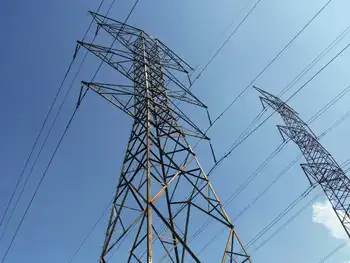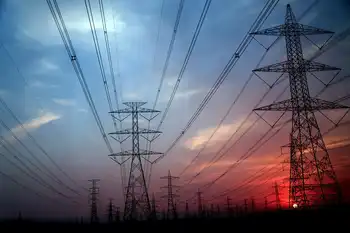New Chinese energy to be 12% of consumption
BEIJING, CHINA - According to the 12th five-year plan (2011-15), which focuses on new energy, including wind, solar and nuclear power, and is under final review, China's proportion of new energy in overall energy consumption will reach 12% to 13% by 2015, said Han Wenke, director of Energy Research Institute, the National Development and Reform Commission (NDRC), recently.
The Chinese government will continue to launch a series of policies to support new energy development, most of which will focus on nuclear power. New energy is likely to be included in the nation's development plan on Strategic and New Emerging Industries.
For the 12th five-year plan, the most important objective is to accelerate the industrialization of new energies during the final year. "The proportion of non-fossil energy will reach 12%, and we will try our best to achieve a higher level of 13%," said Han Wenke.
According to the 11th five-year plan on Energy Development published by the NDRC in April 2007, the proportion of nuclear power, hydropower and other renewable energy will reach 9% of total consumption of primary energy in 2010. The proportion of new energy in overall energy consumption will reach 20% by 2020.
The Middle and Long-term Development Plan on Renewable Energy, published in 2007, says that China's total installed capacity of solar power generation will reach 300 megawatts (MW) by 2010, and 1.8 gigawatts (GW) by 2020; the total installed capacity of wind power will reach 5 GW by 2010 and 30 GW by 2020. So far, preparation of the new energy development plan has been completed and reviewed several times, and is now under final review. The new plan is expected to be launched shortly.
Currently, China relies heavily on fossil energy, such as coal and oil; of which, coal and oil account for 69% and 20% of the total, respectively; natural gas accounts for 3.4%; and non-fossil energy, such as hydropower, wind power and nuclear power, accounts for only 7%.
Related News

Lawsuit alleges EWEB’s faulty transformer caused house fire
EUGENE, OR - A Eugene couple filed a lawsuit last month against a local utility company, alleging that a faulty transformer caused a fire that destroyed the couple’s home.
John and Maria Schaad filed the lawsuit June 26 against the Eugene Water & Electric Board, exactly two years after a fire destroyed the Schaads’ Whitbeck Boulevard home in Eugene’s Friendly neighborhood. The lawsuit alleges negligence and intentional infliction of emotional distress. It does not specify a dollar amount, asking instead for a range of more than $50,000 but less than $1 million.
According to the lawsuit, John Schaad was sleeping and was…




